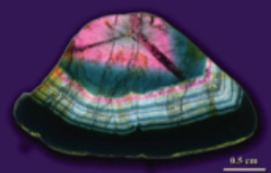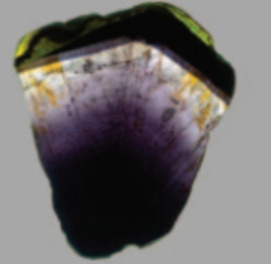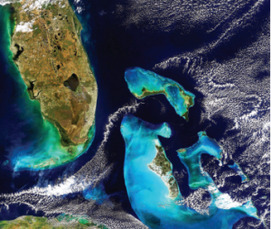Tourmaline as a Petrologic Forensic Mineral: A Unique Recorder of Its Geologic Past
Tourmaline is nature’s perfect forensic mineral. From a single grain, the full geological past of its host rock can be reconstructed, including the pressure–temperature path it has taken through the Earth and the changing fluid compositions it has encountered. Tourmaline is able to provide this record owing to its compositional and textural sensitivity to the environment in which it grows, and is able to preserve this record because element diffusion in its structure is negligible. Furthermore, tourmaline has an exceptionally broad stability range, allowing it to record conditions in igneous, sedimentary, metamorphic, and hydrothermal settings. As our mineralogical and geochemical tools advance, we are able to interrogate tourmaline’s memory with increasing precision, making tourmaline a truly powerful indicator of conditions in the Earth.
Tourmaline as a Petrologic Forensic Mineral: A Unique Recorder of Its Geologic Past Read More »




